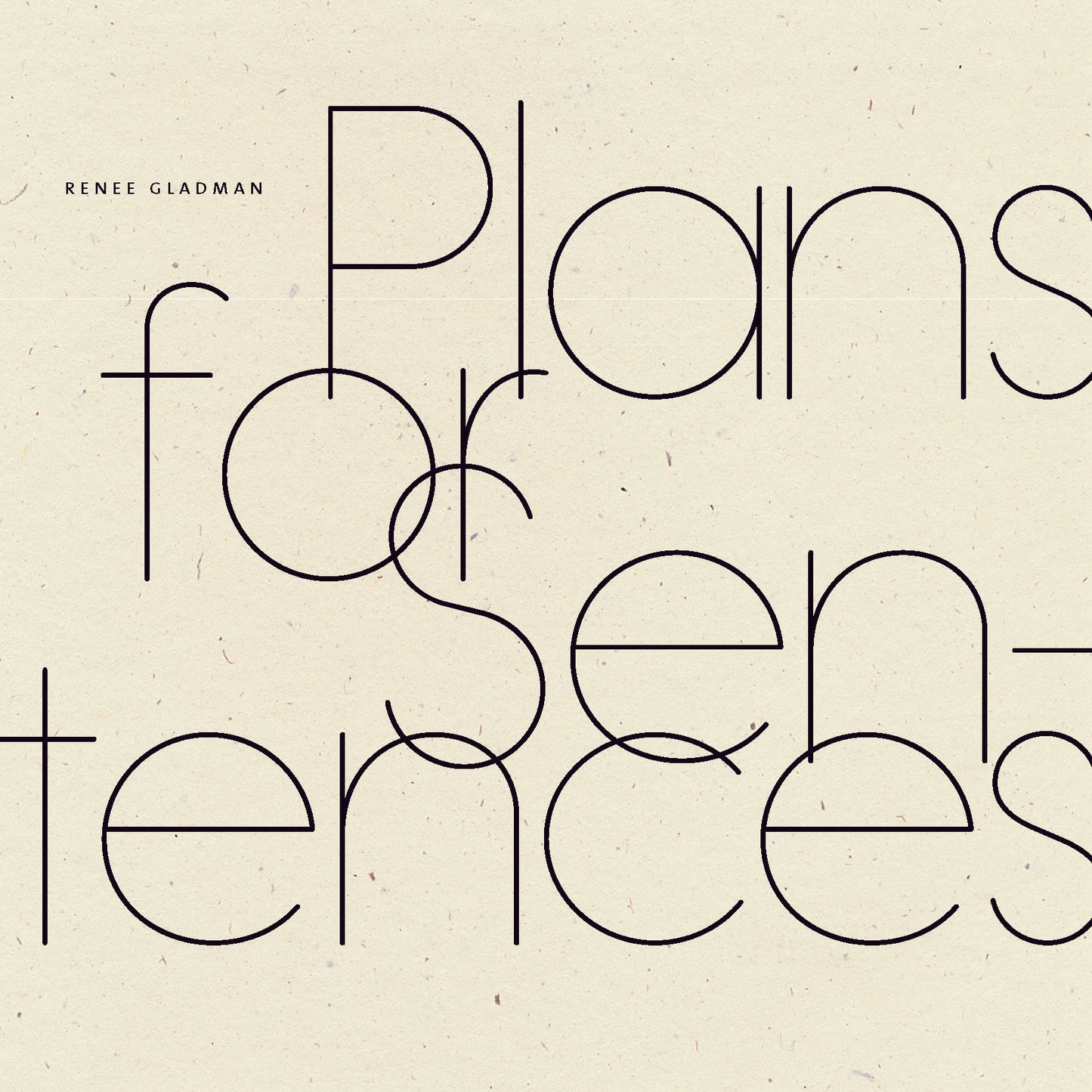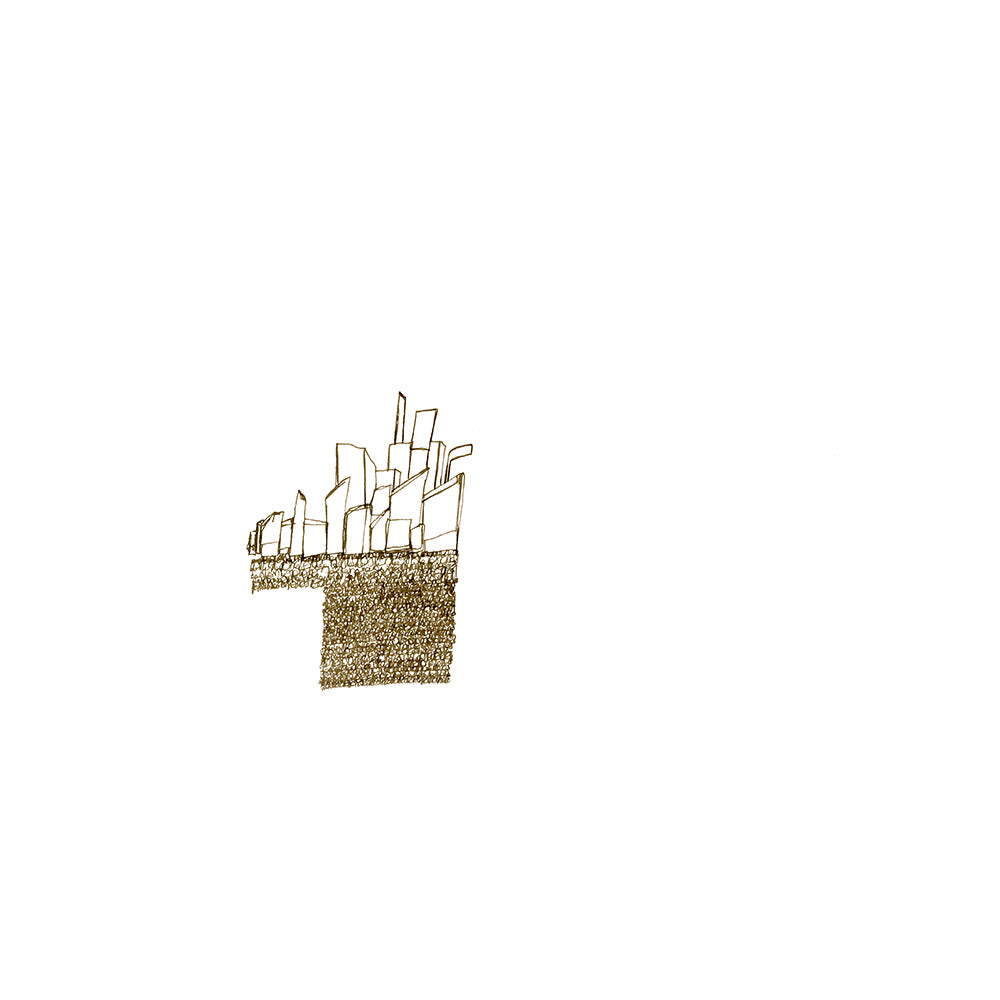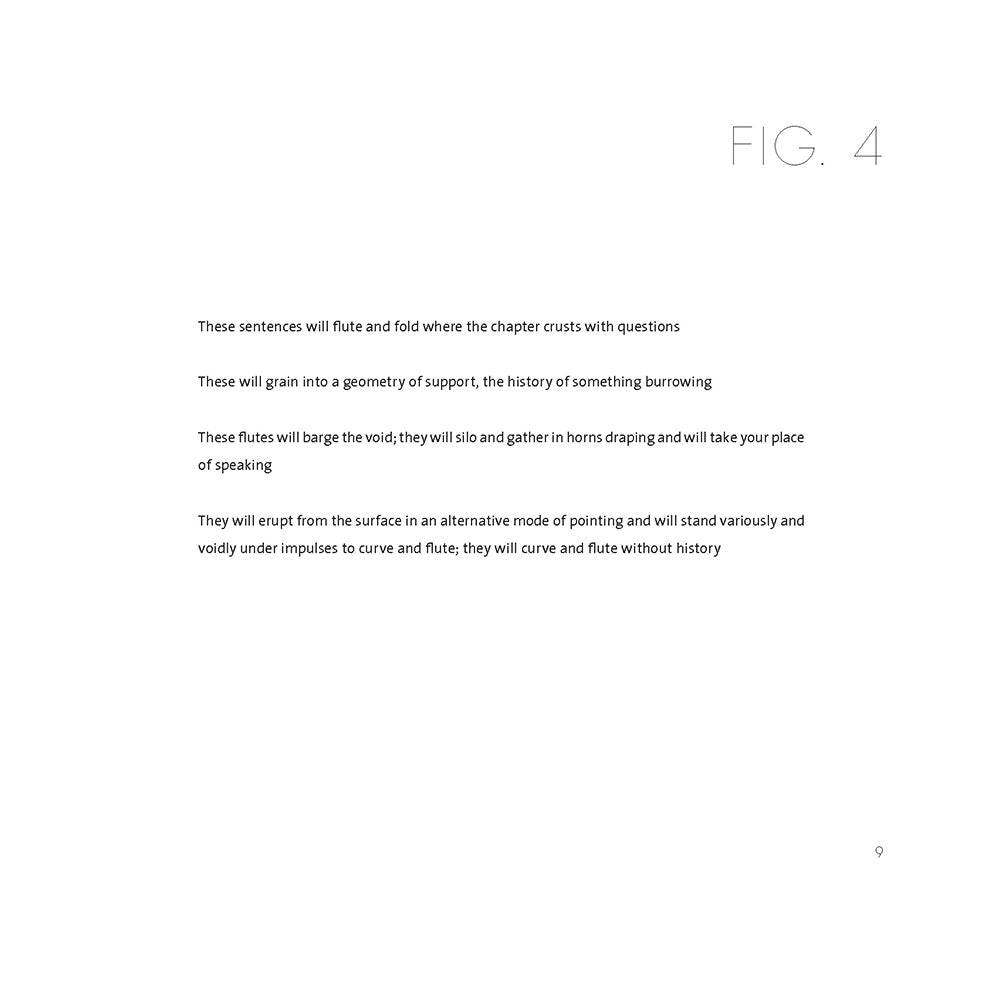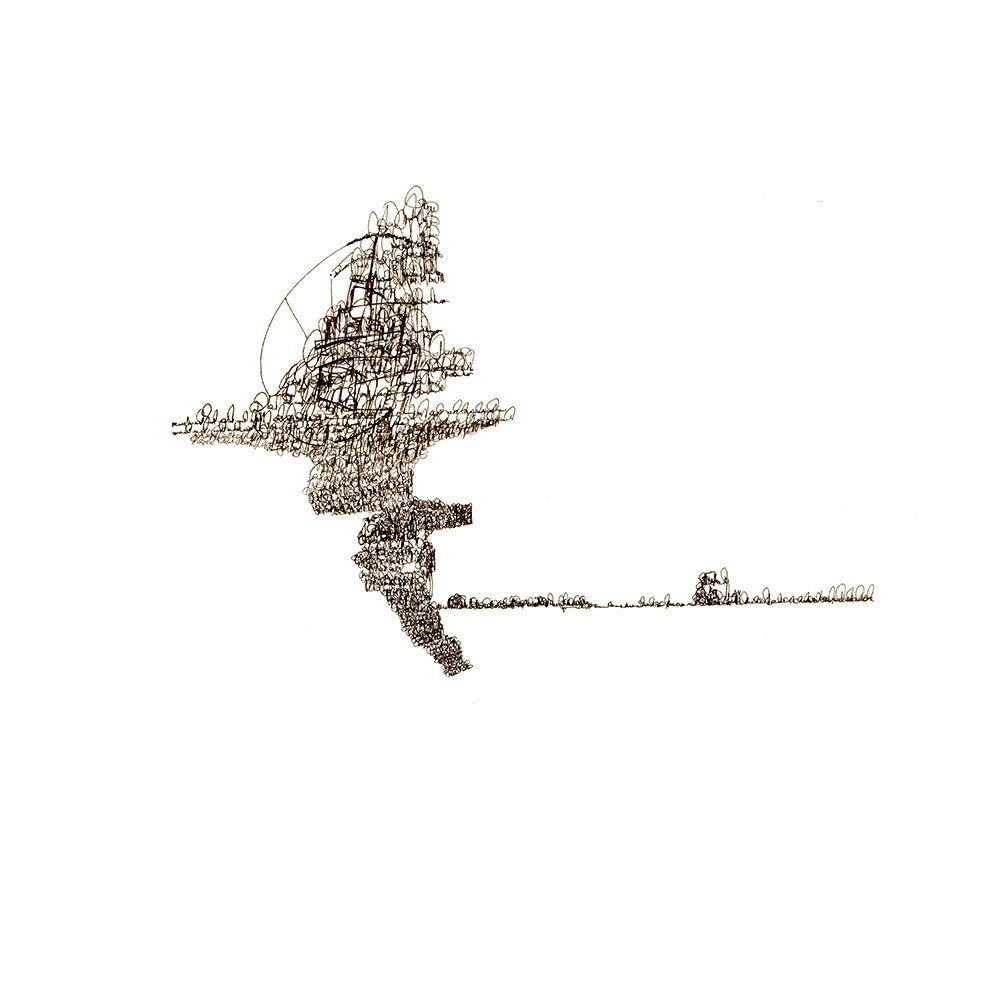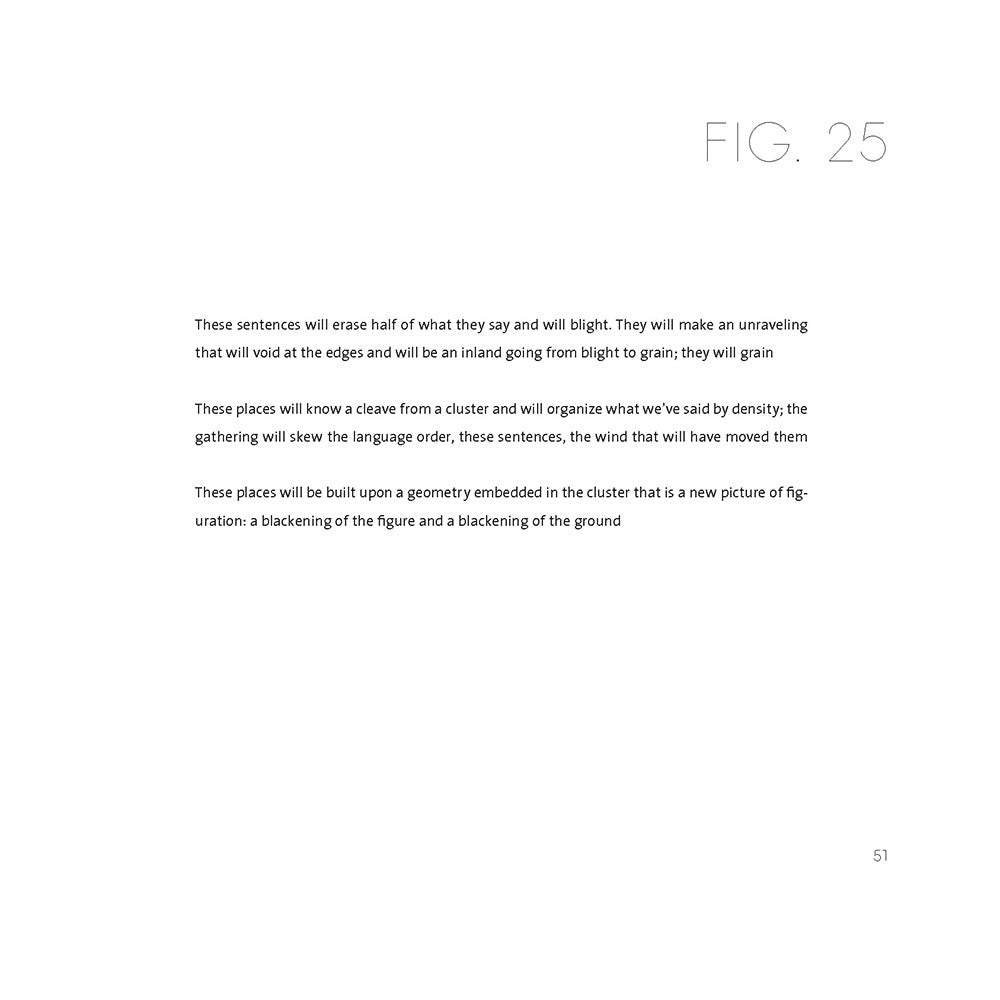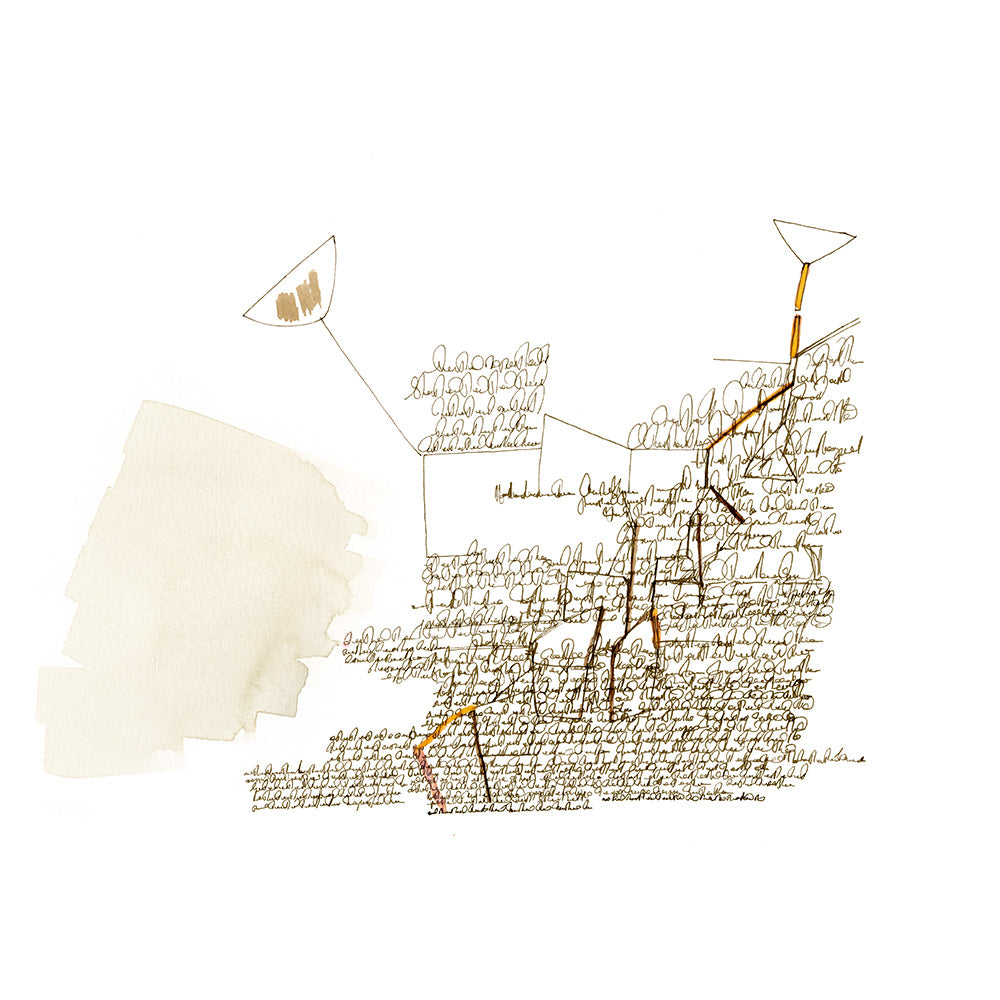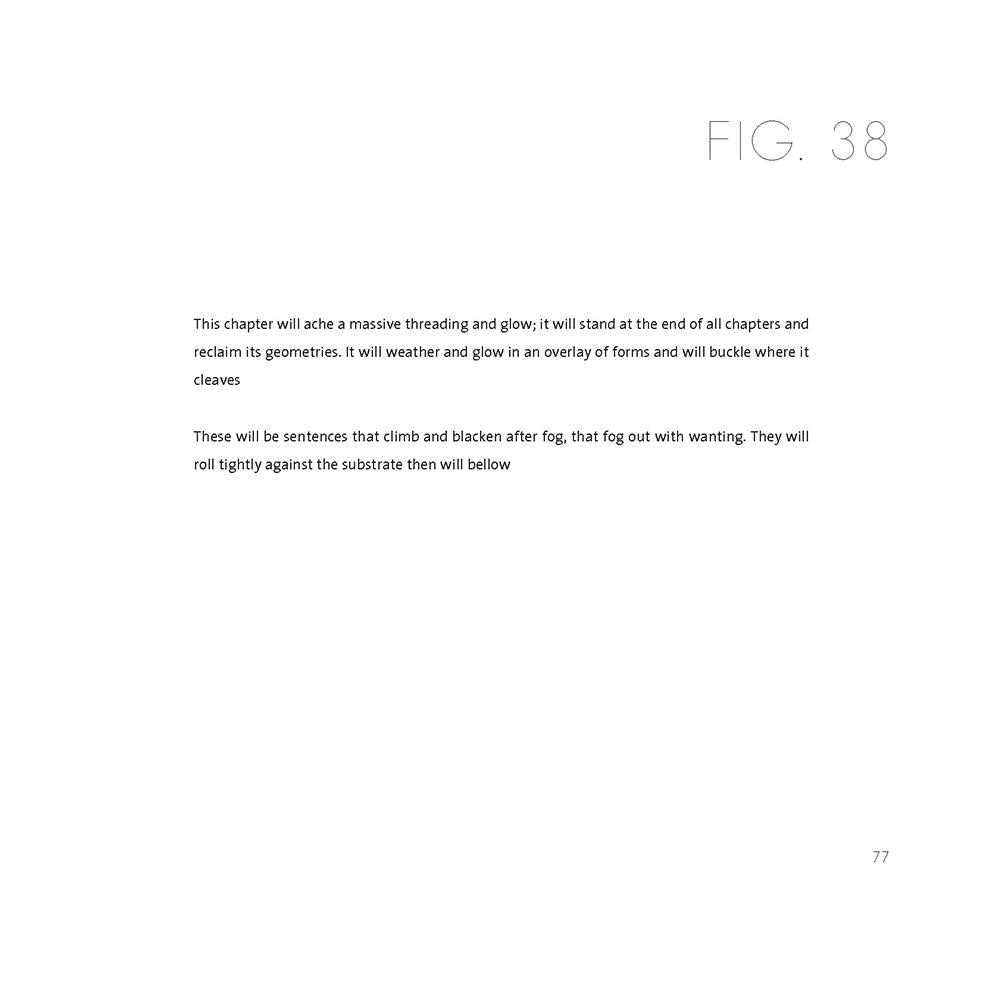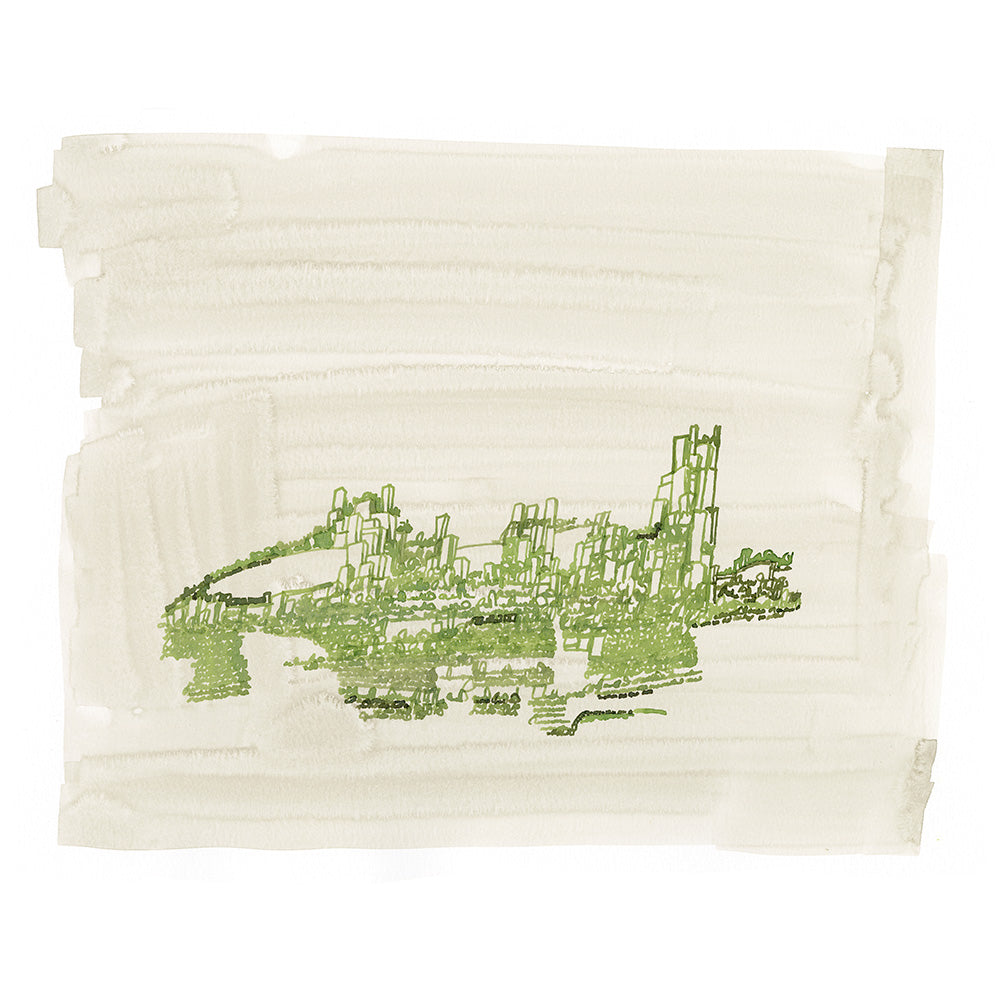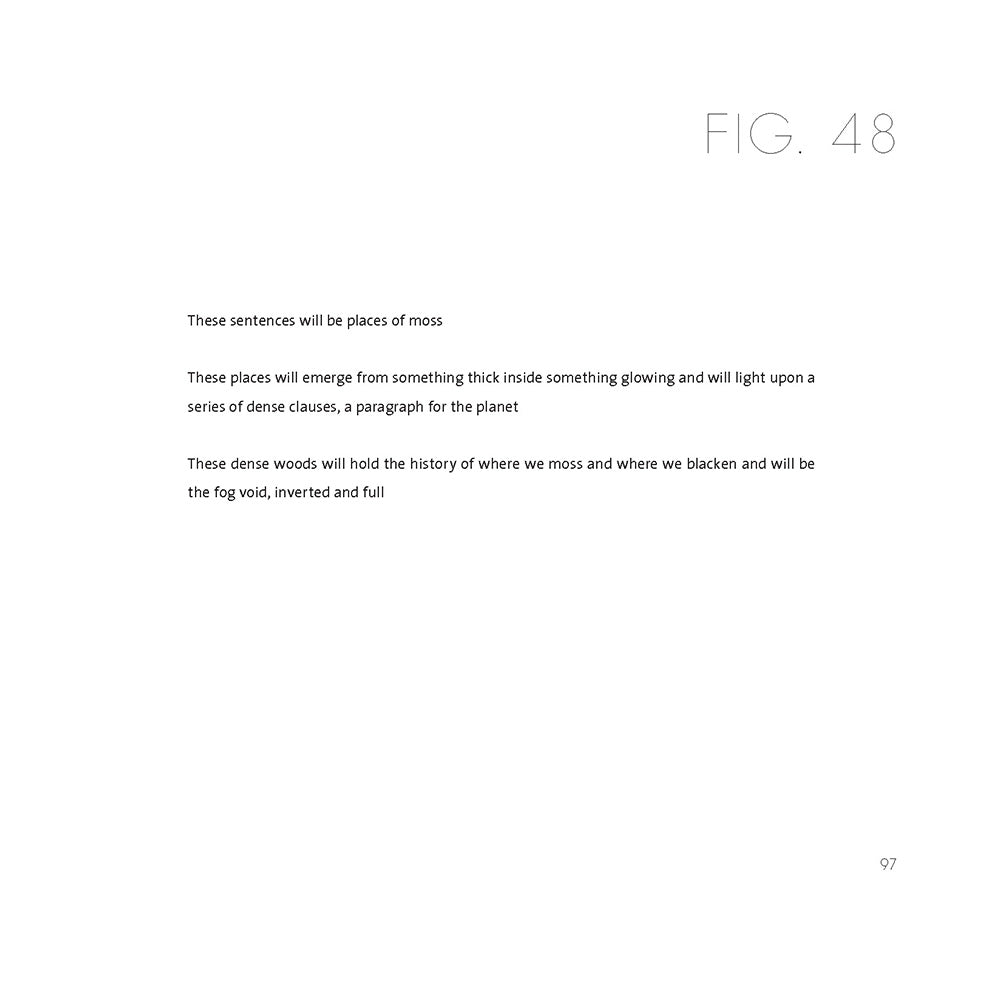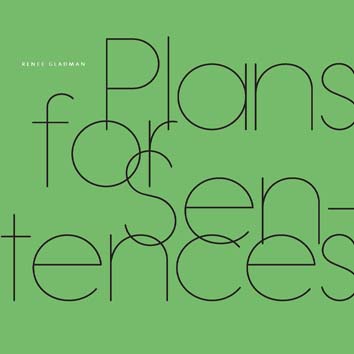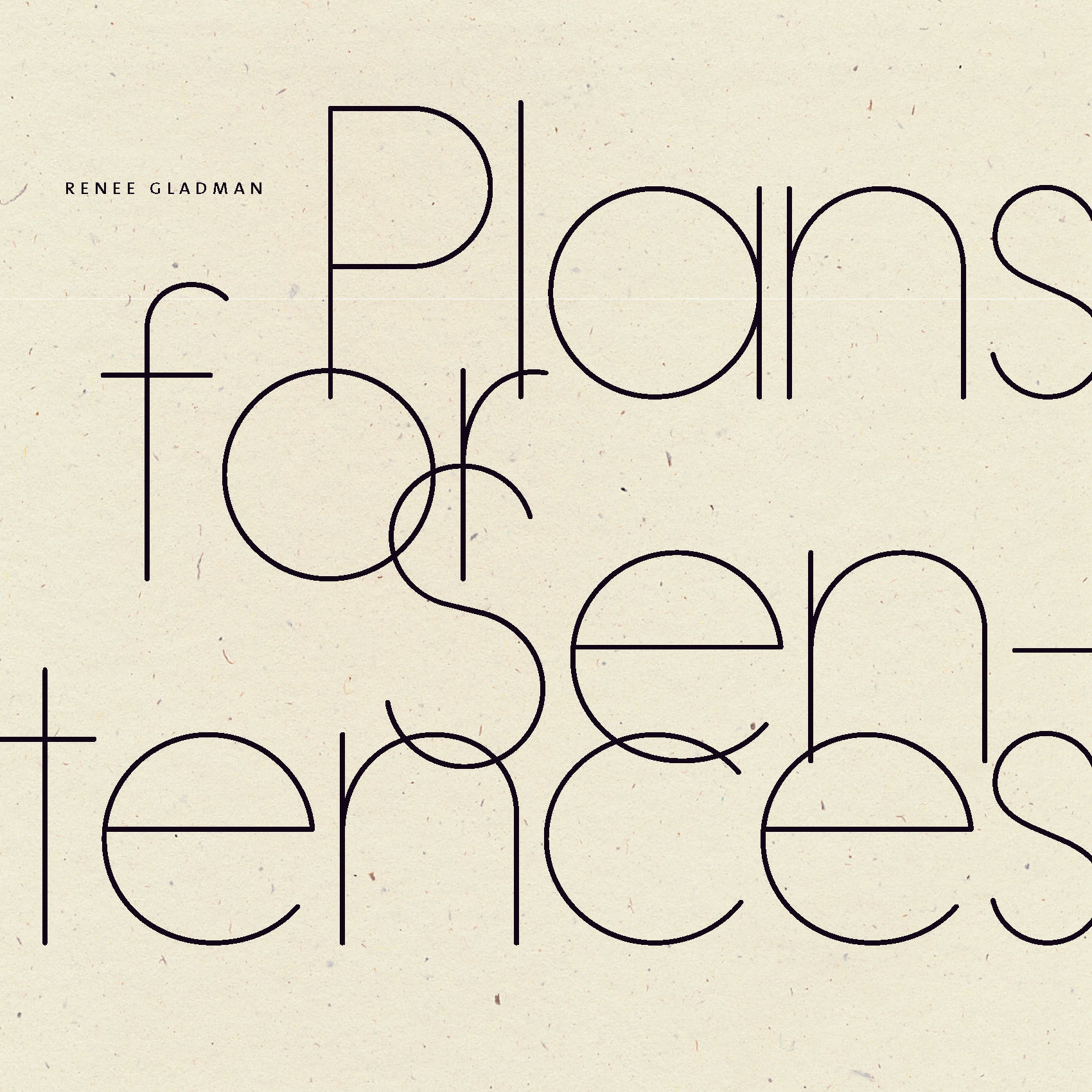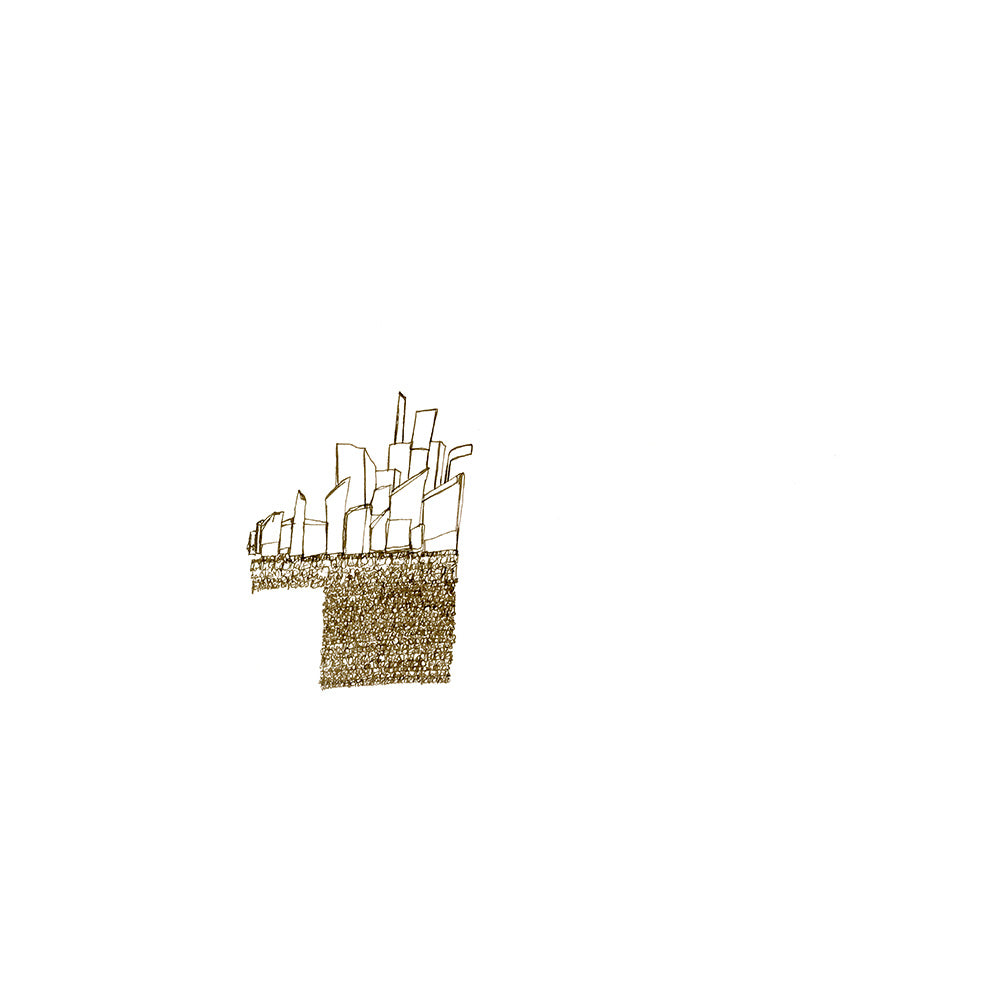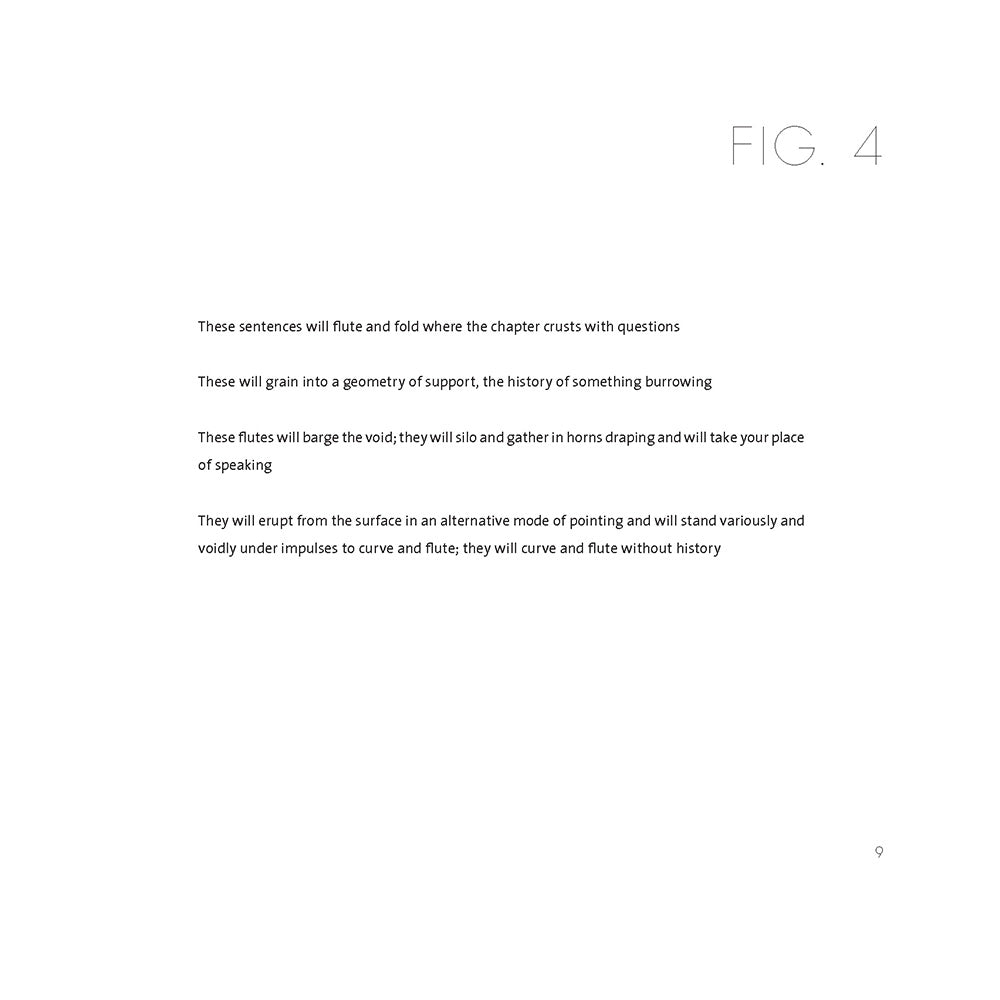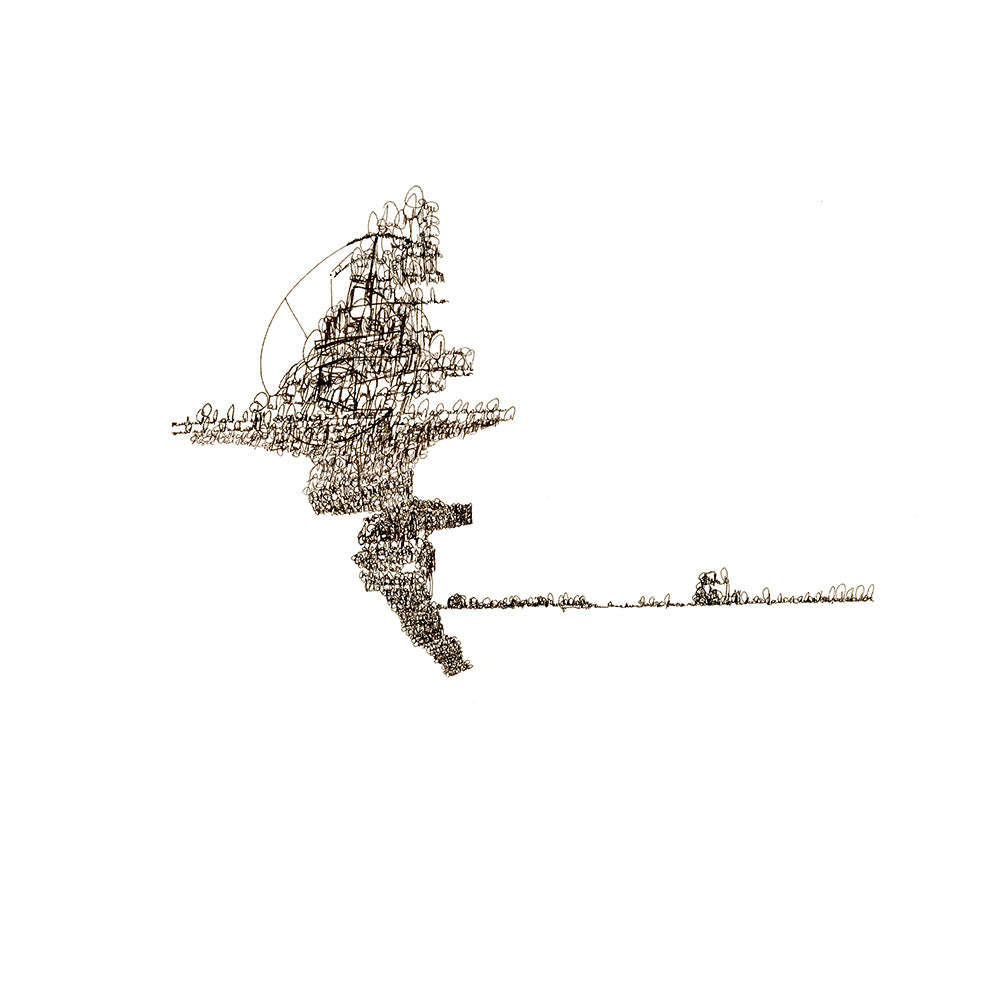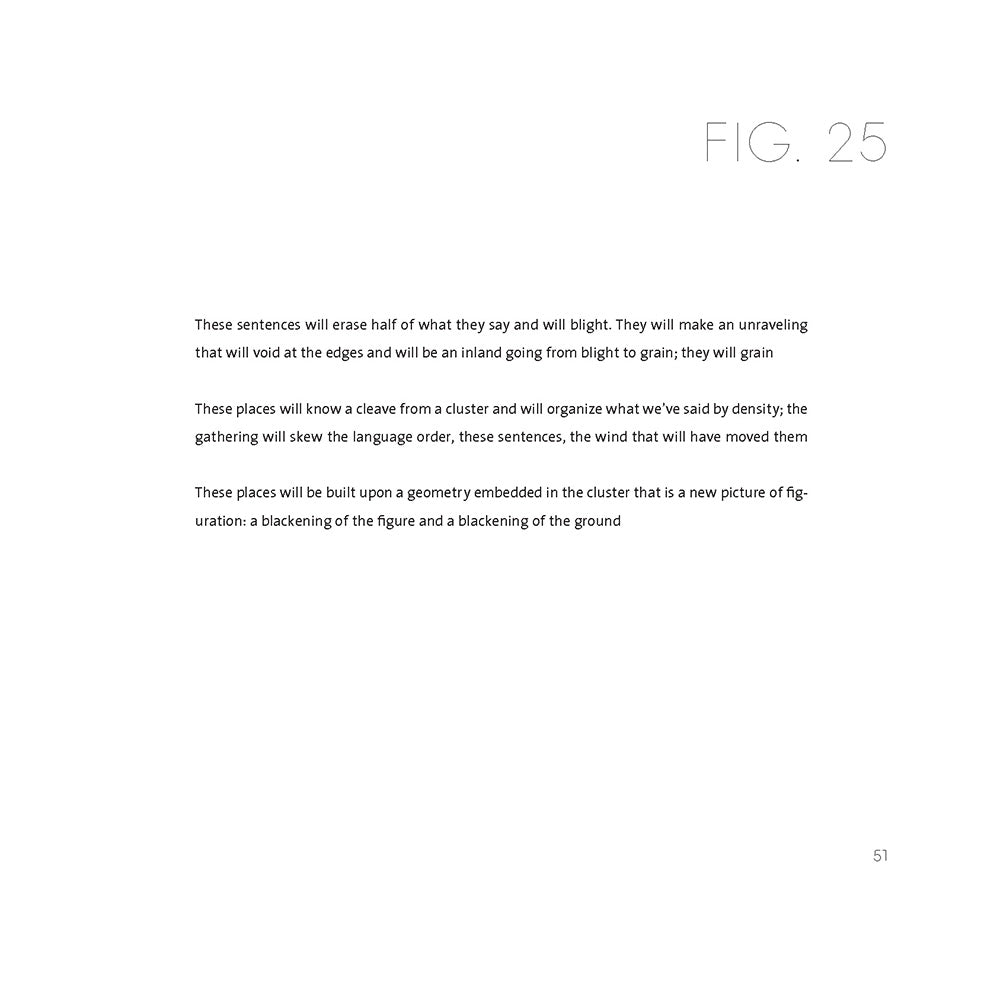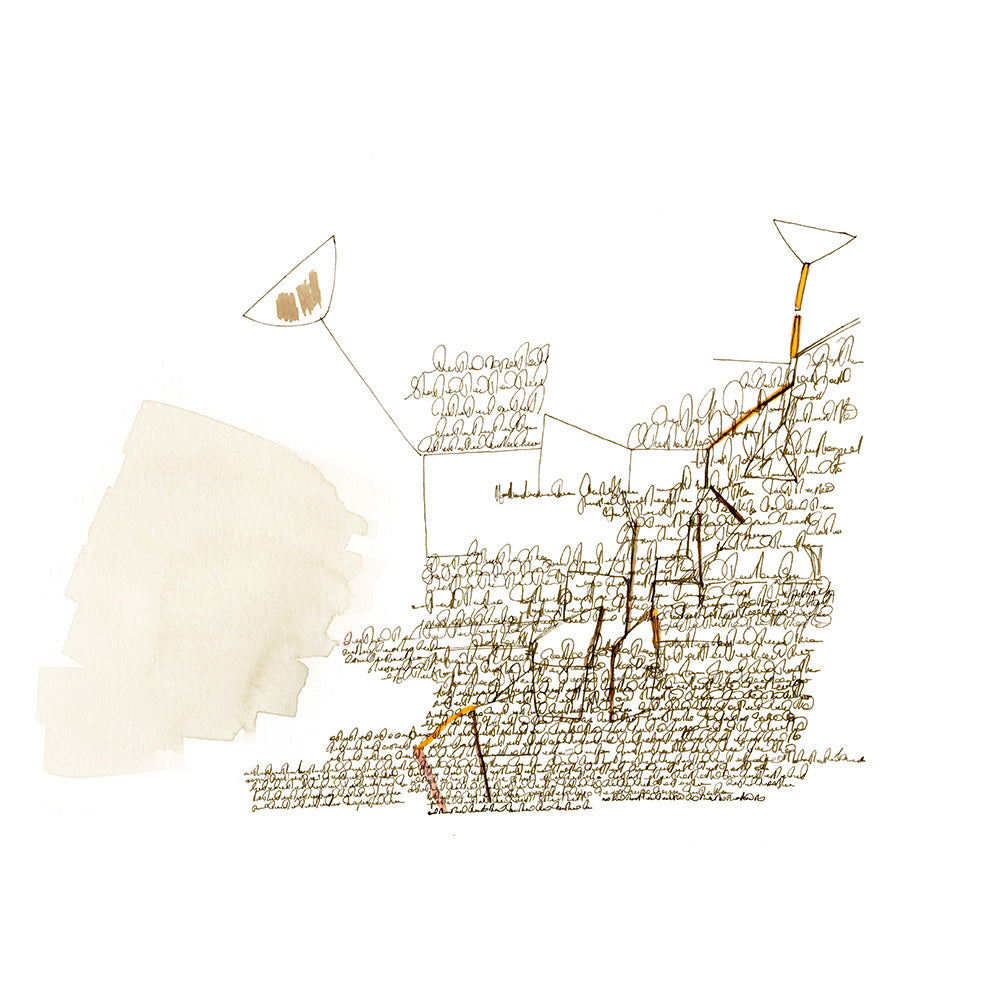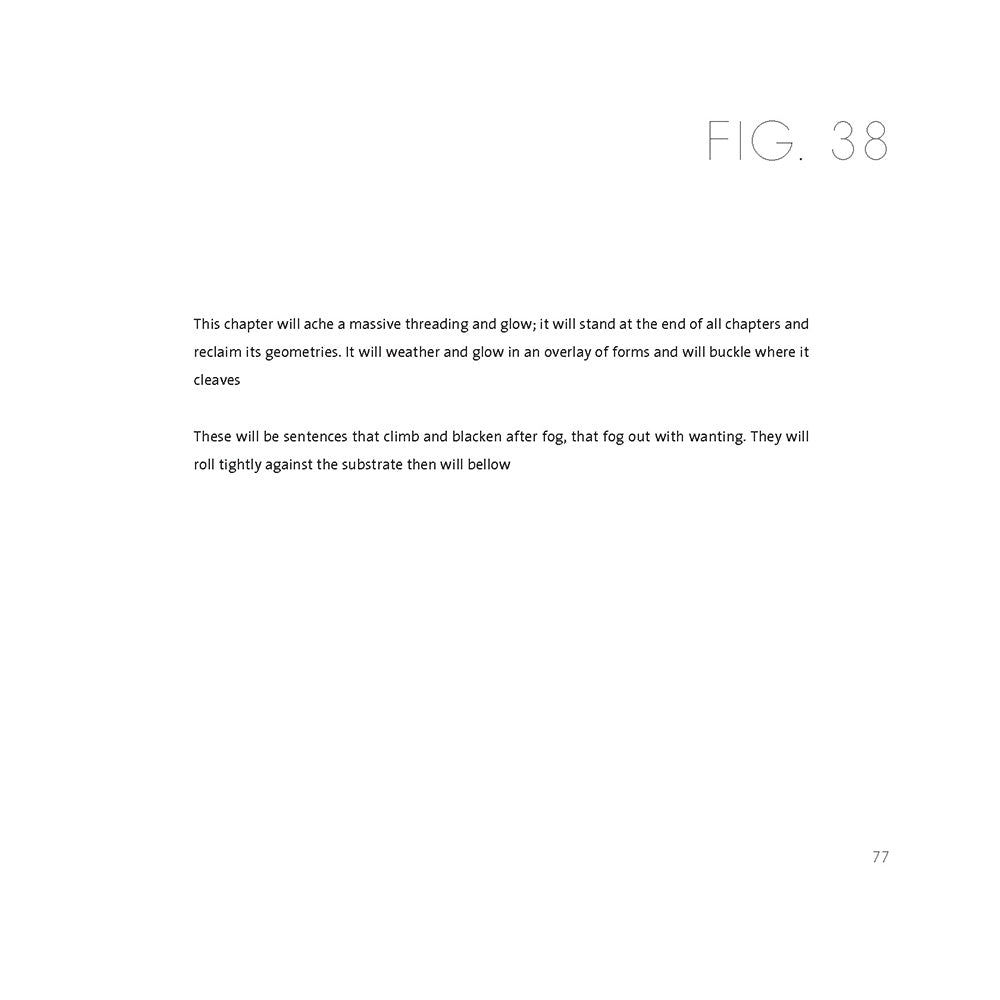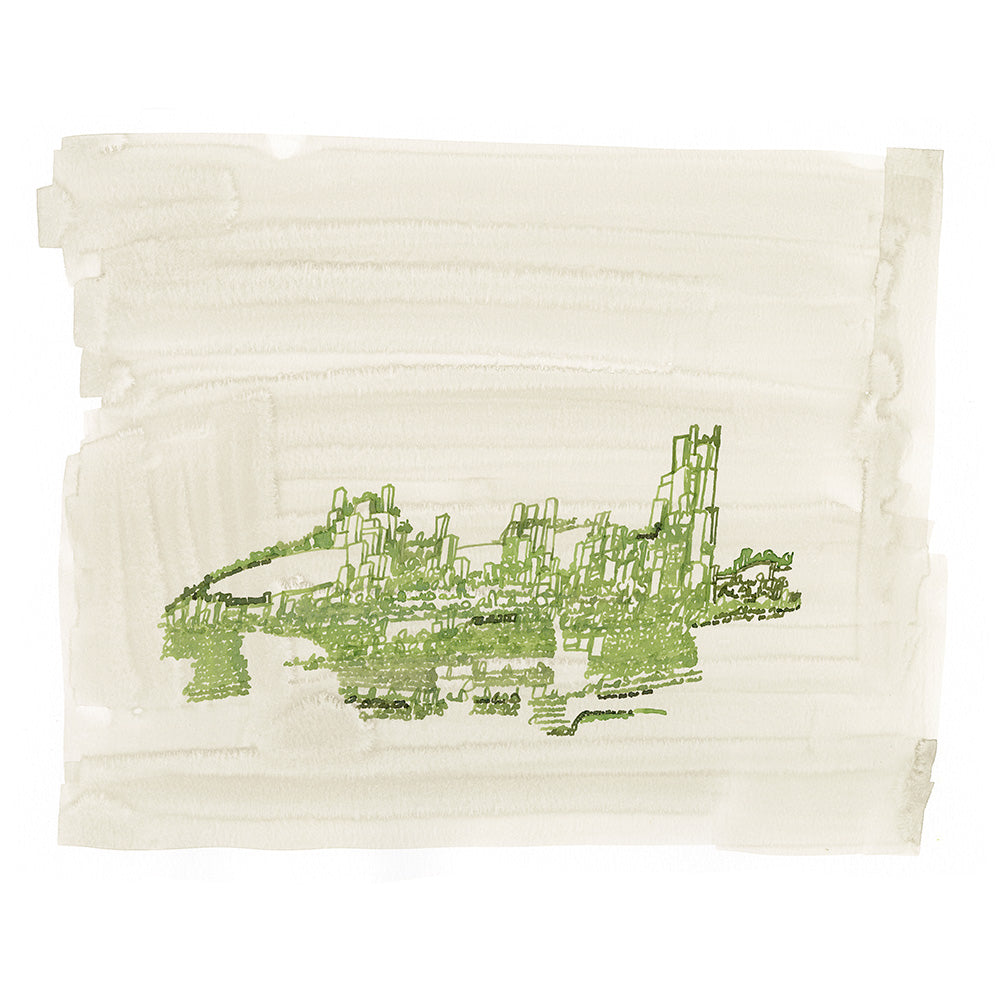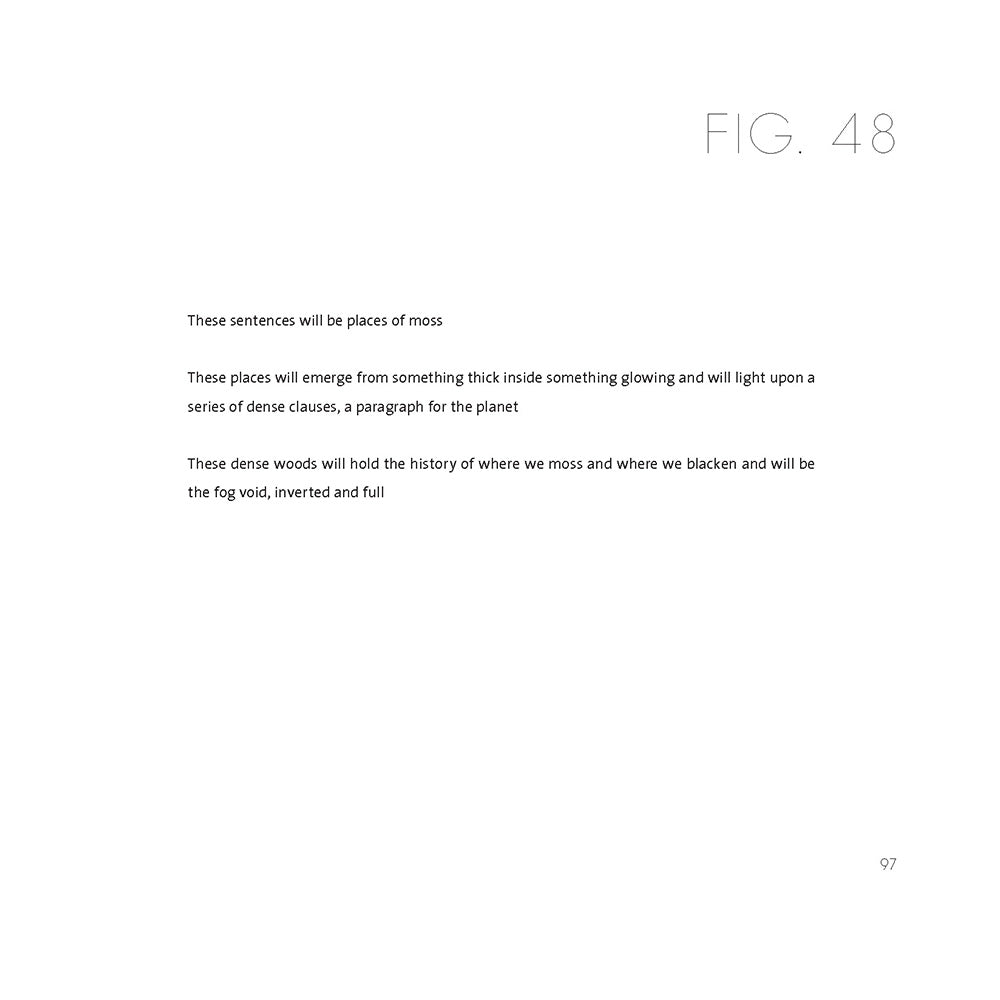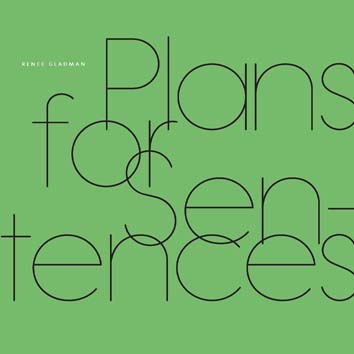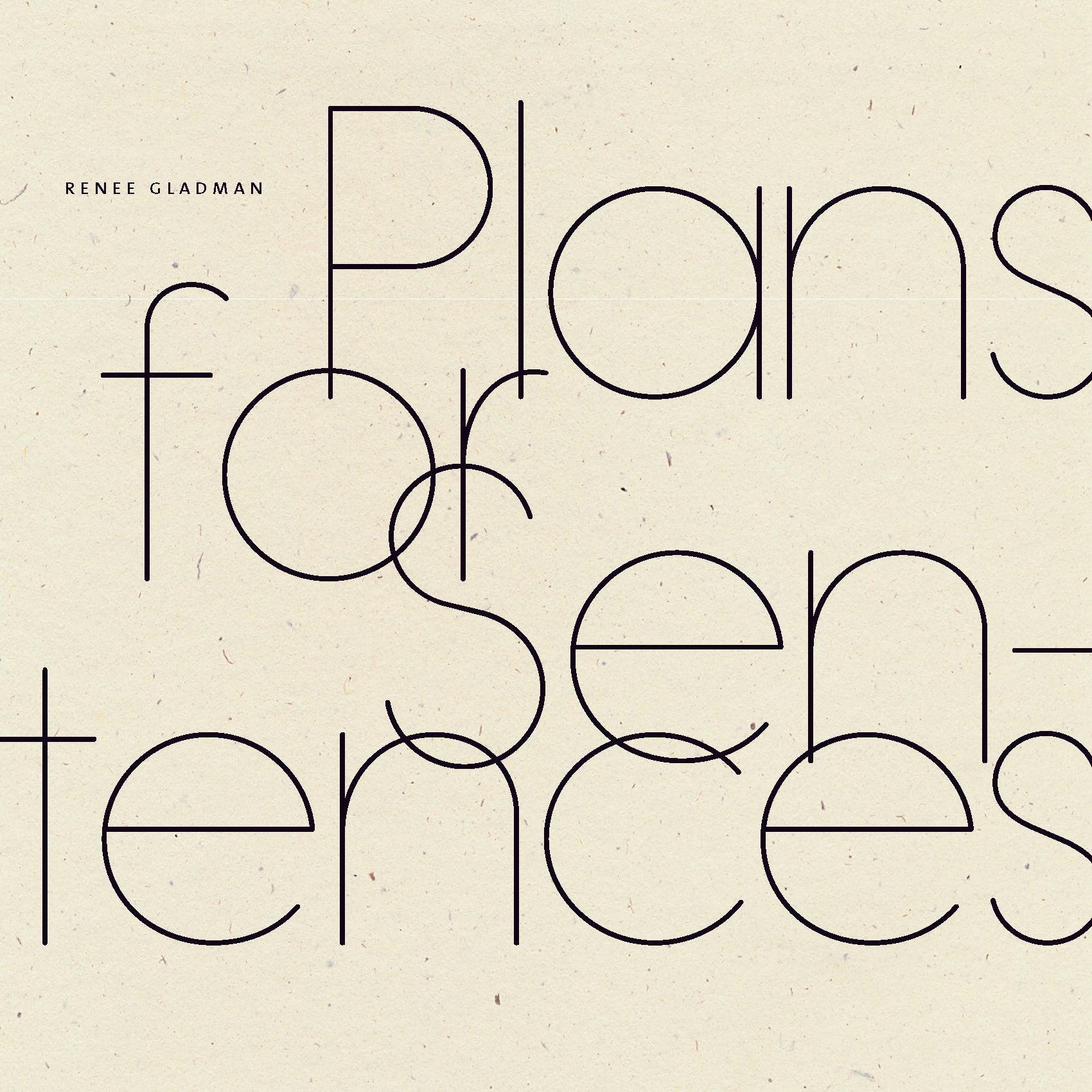
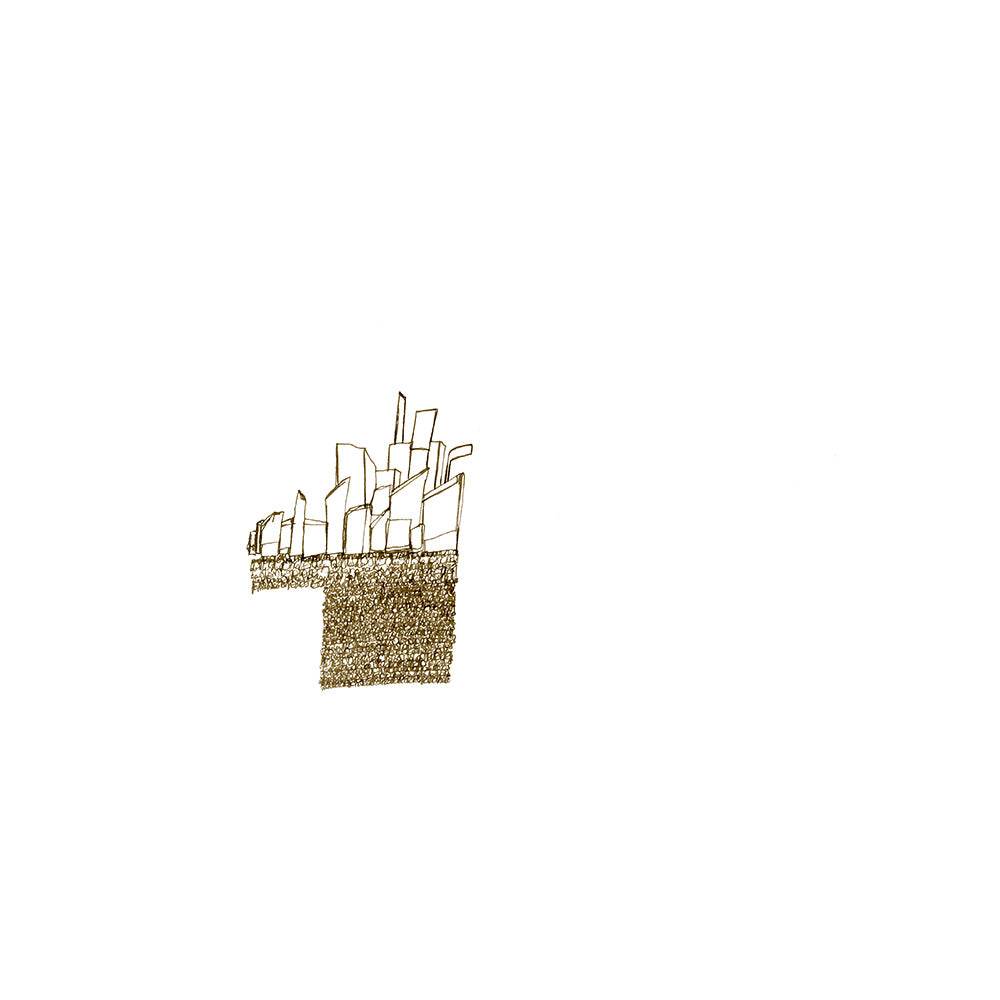
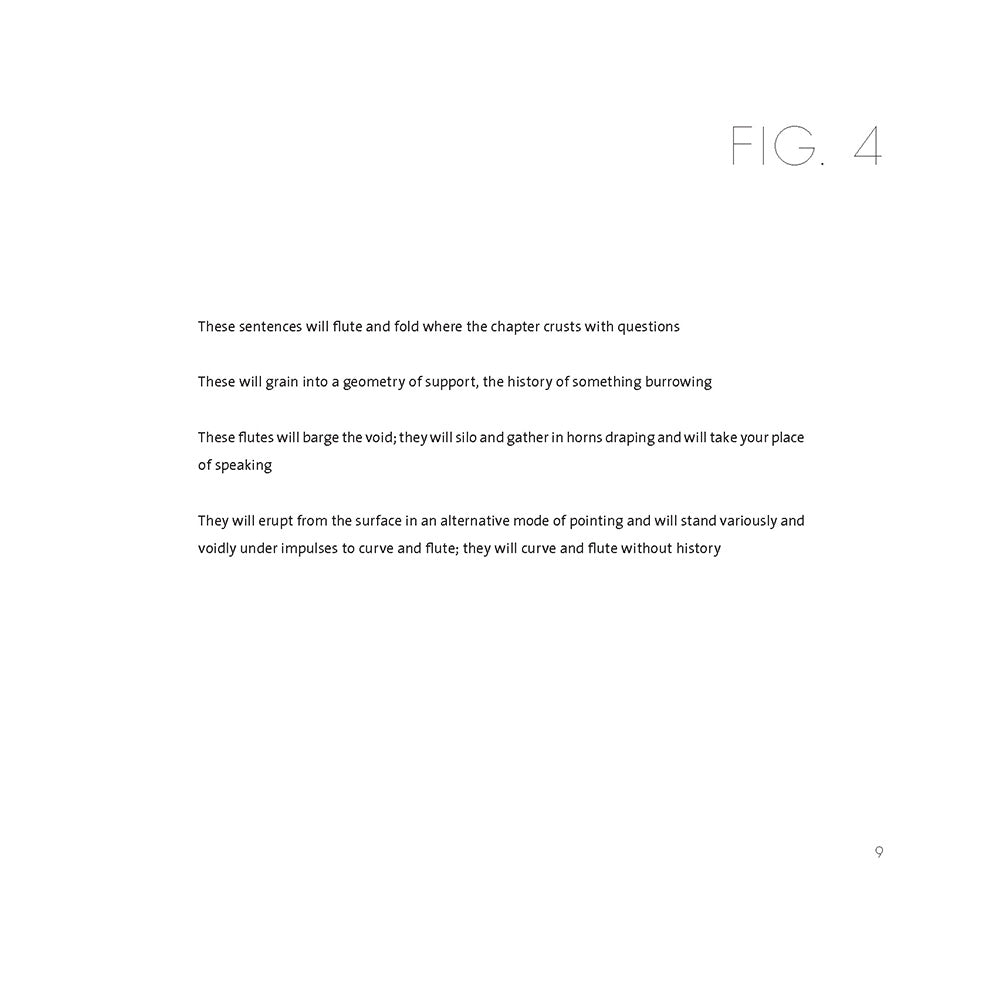
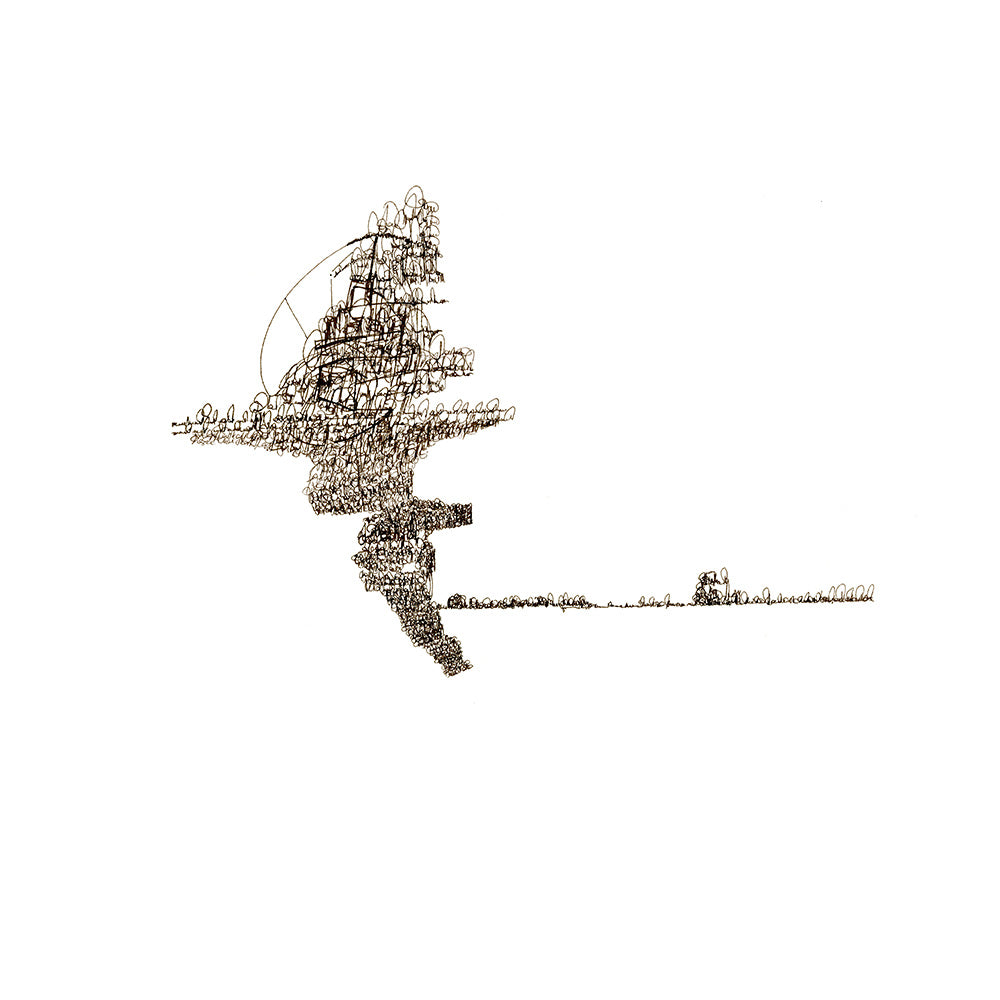
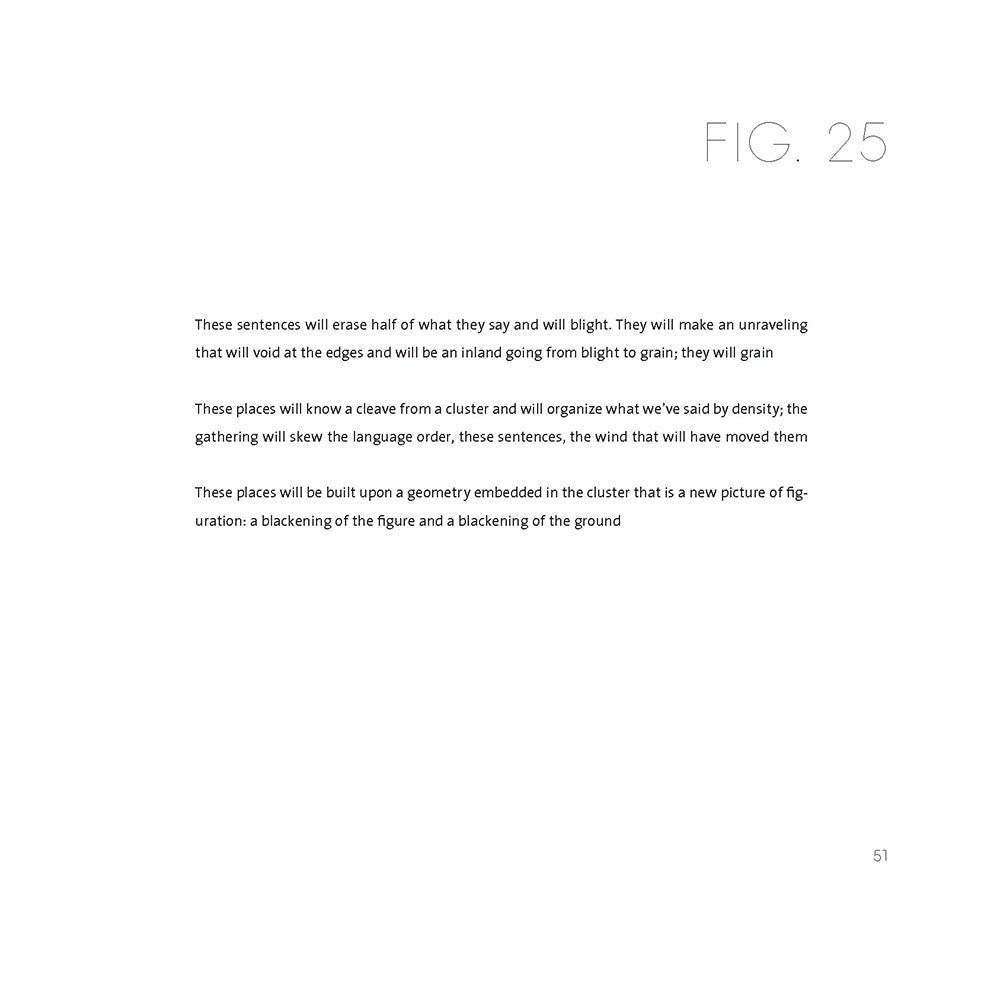
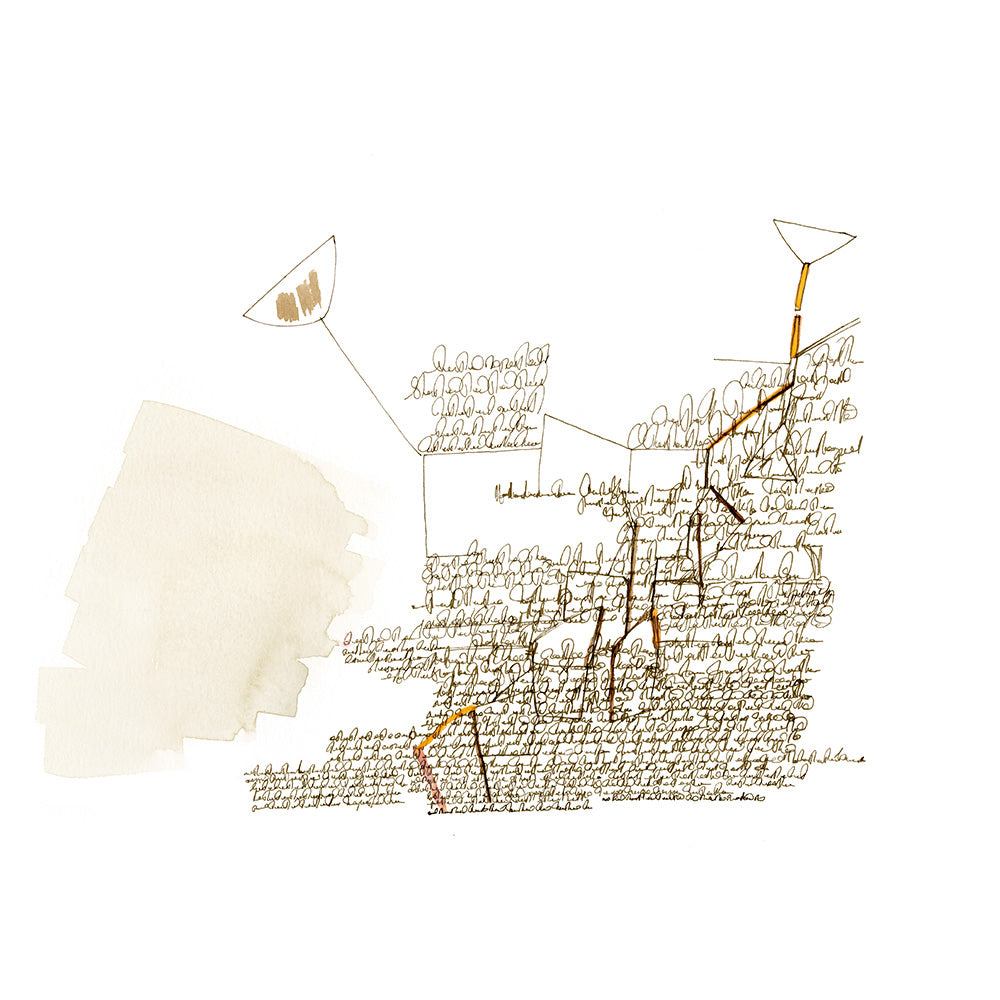
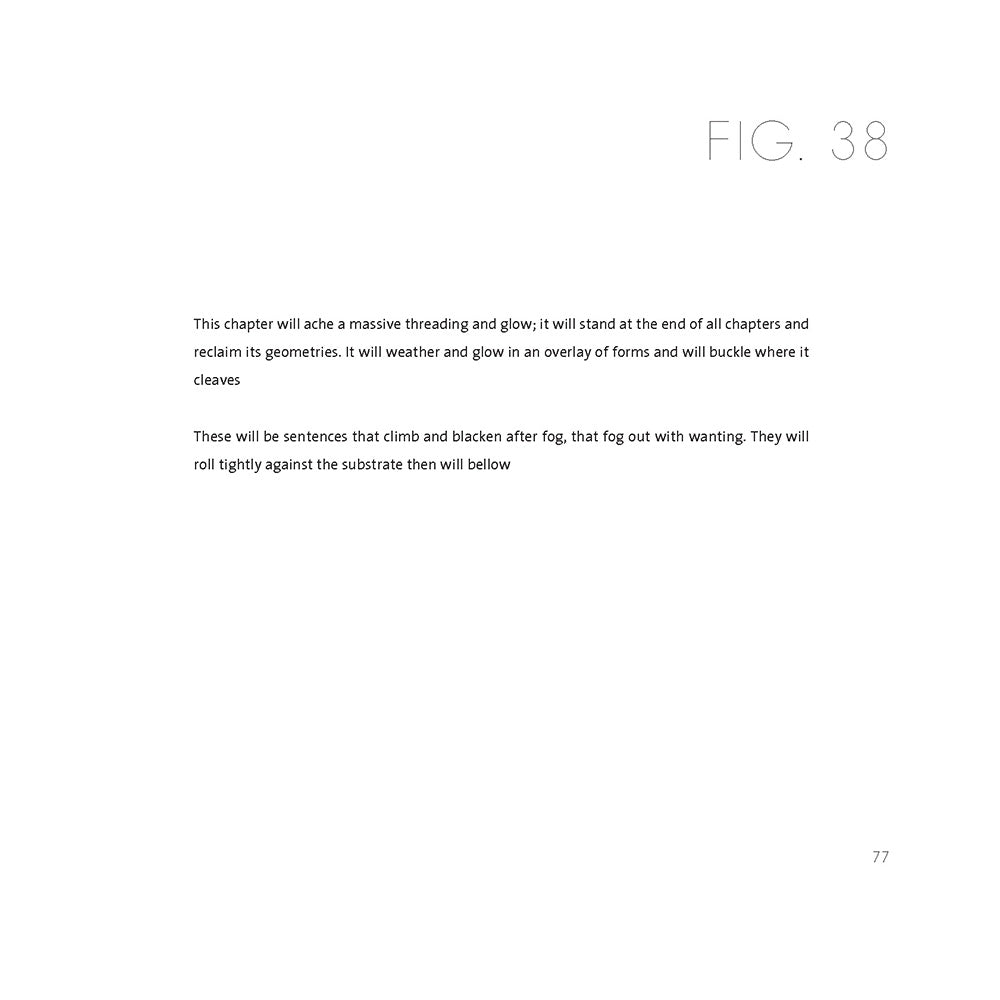
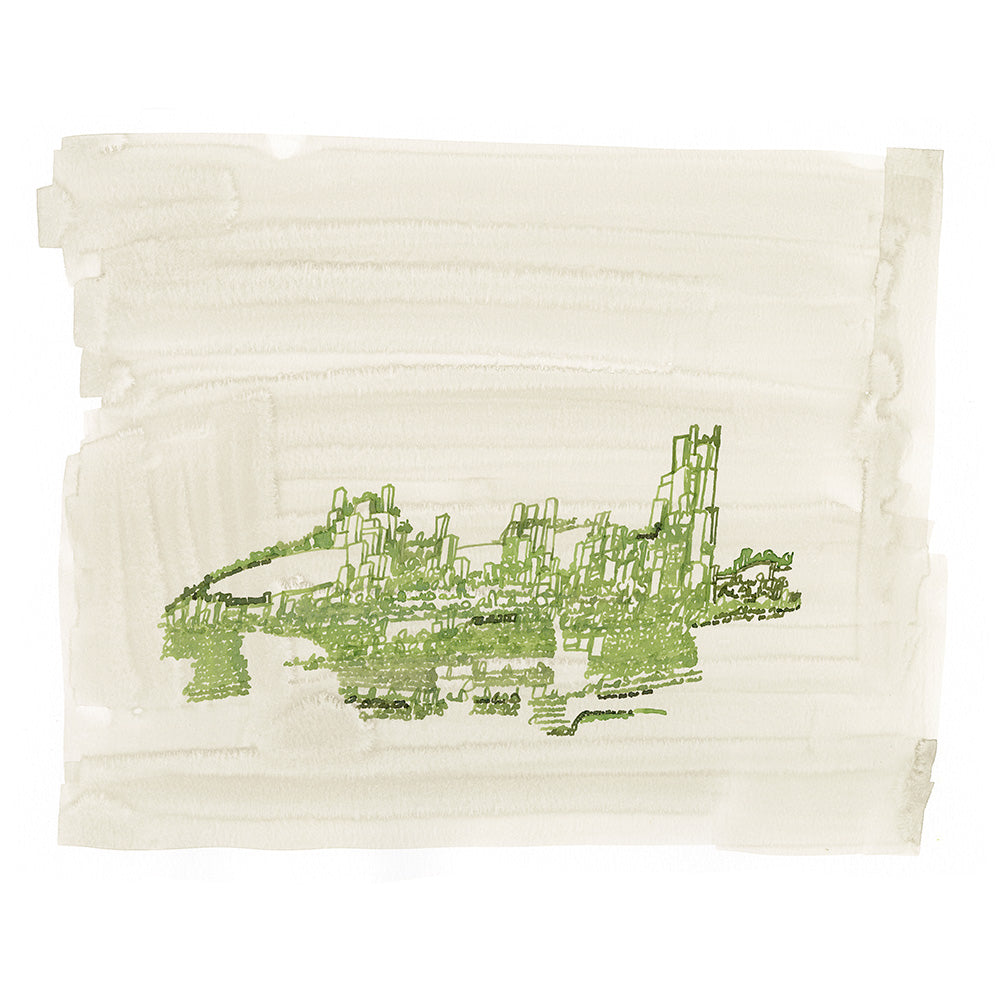
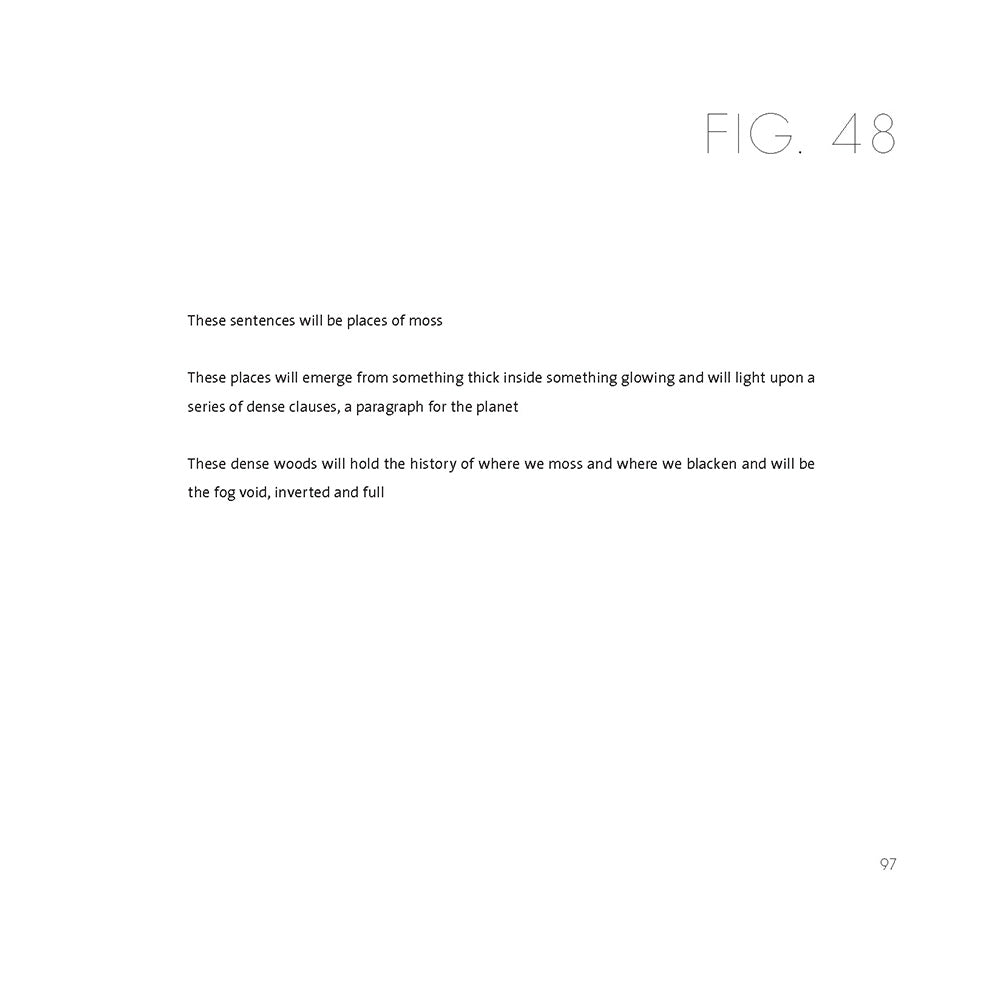
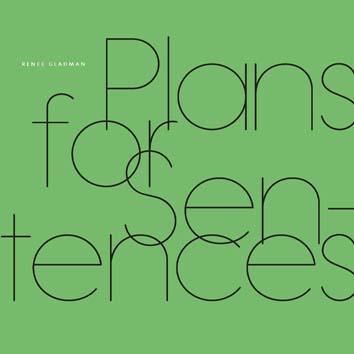
Plans for Sentences
Plans for Sentences
-
"These sentences—they—will begin having already been sentences somewhere else, and this will mark their afterlife, and this will be their debut." So begins Renee Gladman’s latest interdisciplinary project, Plans for Sentences. A tour de force of dizzying brilliance, Gladman’s book blurs the distinctions between text and image, recognizing that drawing can be a form of writing, and vice versa: a generative act in which the two practices not only inform each other but propel each other into futures. In this radical way, drawing and writing become part of a limitless loop of energy, unearthing fertile possibilities for the ways we think about poetry. If Gladman ascribes to any particular type of poetics, here in Plans for Sentences, we are sure to find that it is robustly grounded in a poetics of infinite language.
-
She uses architecture as a metaphor for essay-building, poem-building, idea-building, language as a built environment and as a space of community. The ability of a sentence to create and transform is boundless.
Nicole Rudick, Poetry Foundation
With each shift in repetition, Gladman builds mystery as well as understanding. As she writes, these sentences will “loop the unknown and unfinish it” at the same time “these sentences will gather all the pauses into a flowing assembly.” When finished reading the book, readers “will antenna the unknown.” They will feel meaning rather than know it.
Julene Waffle, Adroit Journal
In the book, Gladman includes hand-drawn figures alongside poetry. The art pieces are often comprised of indecipherable, loopy script that accumulates into architectural-type structures. Some look like something akin to what you may have seen this morning, others from outer space.
Diana Arterian, Lit Hub
This attention to the movement and moment of the line distinguishes her work from those other experiments with drawn poems, such as Robert Grenier’s drawing poems or Cy Twombly’s calligraphic paintings, that we might reach to for comparison....It’s as if she’s discovered the place where the living line and the line of language converge after a temporary separation.
Mary Wilson, Jacket2 -
Renee Gladman is a writer and artist preoccupied with crossings, thresholds, and geographies as they play out at the intersections of poetry, prose, drawing and architecture. She is the author of thirteen published works, including a cycle of novels about the city-state Ravicka and its inhabitants, the Ravickians—Event Factory (2010), The Ravickians (2011), Ana Patova Crosses a Bridge (2013) and Houses of Ravicka (2017)—as well as two collections of drawings, Prose Architectures (Wave Books, 2017) and One Long Black Sentence, a series of white ink drawings on black paper, indexed by Fred Moten (Image Text Ithaca Press, 2020). Recent essays and visual work have appeared in The Paris Review, Gulf Coast, Granta, Harper's, BOMB, e-flux, and n+1. She has been awarded fellowships, artist grants, and residencies from the Radcliffe Institute for Advanced Study at Harvard, Foundation for Contemporary Arts, the Lannan Foundation, and KW Institute for Contemporary Art (Berlin), among others, and is the recipient of a 2021 Windham-Campbell prize in fiction. For more information, visit reneegladman.com
Publication Date: May 3, 2022
ISBN# 9781950268580 (8.5 x 8.5, 152pp, paperback)
ISBN# 9781950268597(8.5 x 8.5, 152pp, limited edition hardcover)
Couldn't load pickup availability
